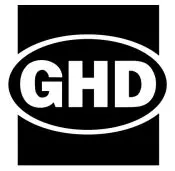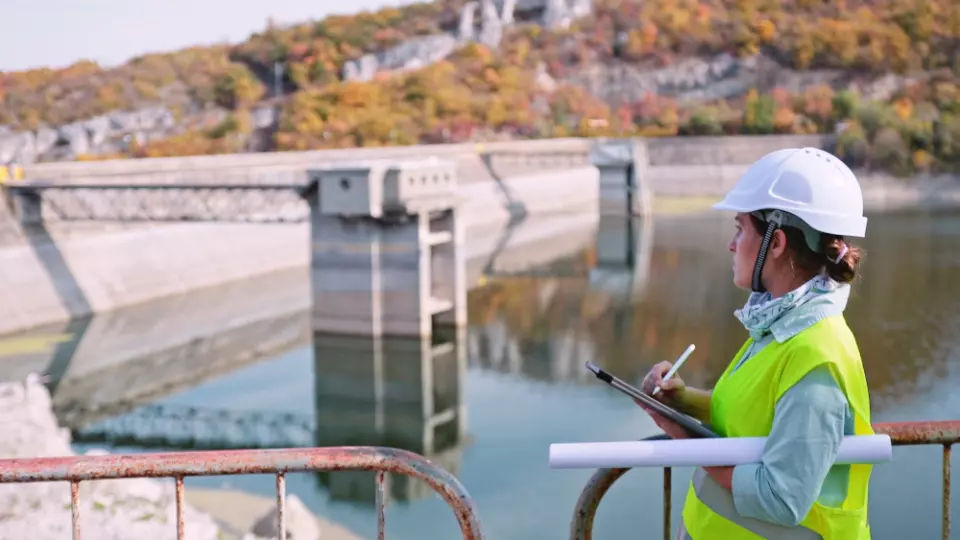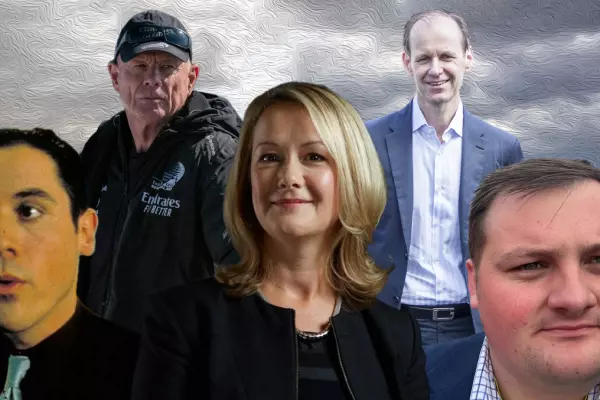Accurate charging, prioritising and standardising are key.
New Zealand can tackle and overcome its huge infrastructure funding challenges with a mindset change and some defining practical steps, says David Norman, Chief Economist, Australia and New Zealand, for global infrastructure consulting firm GHD.
Norman’s blueprint for renewed investment involves prioritising and aggregating projects, central government embracing third-party investors at home and offshore, and local councils ensuring that growth pays its fair share of infrastructure costs to ease the pressure on the ratepayer.
“We have much that needs fixing or building to future-proof ourselves for economic development and climate resilience,” he says, “but there’s not enough money in the government funding pot to do everything we need to flourish as a country.
“There’s a push for creativity in financing, particularly in how the private sector can contribute.”
According to Norman’s checklist, $120-$180 billion is required over 30 years to improve water services; $50bn for tripling the electricity supply and meeting the 2050 net carbon zero target; $100bn on transport infrastructure and $17bn for new hospitals over the next 10-15 years.
 There are many reasons for this large bill hitting the nation now, Norman says – decades of under-investment one of them, with water as a good example. “We have wastewater mixing with stormwater and ending up on the beaches. Or we have boil-water notices, such as the recent one lasting two months in our premier tourist destination. Imagine the damage to our nation’s clean, green reputation when visitors needed to boil water.”
There are many reasons for this large bill hitting the nation now, Norman says – decades of under-investment one of them, with water as a good example. “We have wastewater mixing with stormwater and ending up on the beaches. Or we have boil-water notices, such as the recent one lasting two months in our premier tourist destination. Imagine the damage to our nation’s clean, green reputation when visitors needed to boil water.”
Next to water, healthcare is the sector in most need of improving: “When you have long waiting lists for operations and you spend six hours in A&E waiting for a bed, that’s when you feel the interaction with health services is failing.
“The majority of hospital buildings (there are around 80 in the country) are reaching end-of-life. Many were built 40 years ago; the technology and services used in medical care means they are no longer fit for purpose.”
A second reason for the big infrastructure deficit is that public expectations have also changed. “The demand for water to be discharged to the land rather than rivers, lakes and sea has increased, even quintupled, the cost of constructing a wastewater treatment plant, with the massive amount of land that needs to be bought."

Third, Norman says a lot of infrastructure built over the decades was not adequately depreciated and therefore not enough money was put aside for maintenance and rebuilding: “We are now doubly behind where we need to be. The infrastructure has not matched the pace of the uncontrolled population growth, and service level expectation has dramatically risen.
A fourth reason for the infrastructure shortfall is not ensuring those who benefit from infrastructure pay their fair share. “Growth should pay for its own infrastructure. Councils need to charge accurately or we see large wealth transfers to land owners and costs foisted onto ratepayers.
“One common misconception is that higher, more accurate infrastructure charges in a new development will increase the price of a new house. It doesn’t. Empirical evidence shows more accurate charges reduce the price of raw land in the absence of ratepayer subsidy.”
Some developments have paid as low as one quarter of the true cost of the infrastructure required, Norman says. He acknowledges that some developers may get burned if they have overpaid for the land on the expectation of continued subsidy and now need to pay their fair share of the infrastructure.
Development activity may slow down for a period as these developers re-assess the viability of their development and in some cases, are forced to sell their holdings for a price that more accurately reflects the value of raw land. The new owners will then be able to proceed with development based on the lower raw land price.
There is a fifth reason for the high price of infrastructure, he says: “The challenge of the infrastructure spend is to get rid of ‘bespoke-ism’. Mr Ford didn’t start a car company 120 years ago and make every car look different.
“An example from the water sector is where we have numerous different pump station designs, which is massively inefficient in terms of parts, maintenance and health and safety.”
Instead, Norman says councils or central government agencies should work together to aggregate and standardise projects and improve efficiencies.
“If councils work together and combine a group of projects, then maybe overseas investors will be interested. They need a pipeline of work. As another example, a large investor could build five hospitals one after another if they had certainty of pipeline.”
Central government needs to make a case for attracting third party investment such as private investors and overseas pension funds, he says. New Zealand needs to show it is open for business – as the Australians are doing with their recently-announced one-stop-shop for investors.
Norman says the government should never build a hospital again; their role is providing health services. Investors can build, own and operate hospital buildings, with the government paying a 25-year lease to deliver the services.
The government must be politically motivated to work with the private sector, he says, but it is inescapable that third party investment will need to be part of the solution to New Zealand’s huge infrastructure shortfall.
“I speak with international investors all the time. One is a huge renewable energy group with revenues equal to half of New Zealand’s annual GDP. They are already investing in Australia and there’s a big opportunity to triple our renewable energy output over the next 25 years.
Norman says prioritising projects is very important, something he is helping councils with. Councils may have billions of dollars of projects on their to-do lists and simply can’t afford to deliver them all at once. They need to focus on projects that deliver best value and outcomes, he says, projects that make a difference.
For more information: ghd.com/aotearoa






